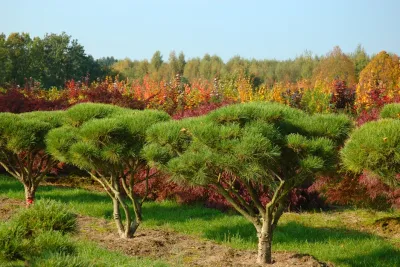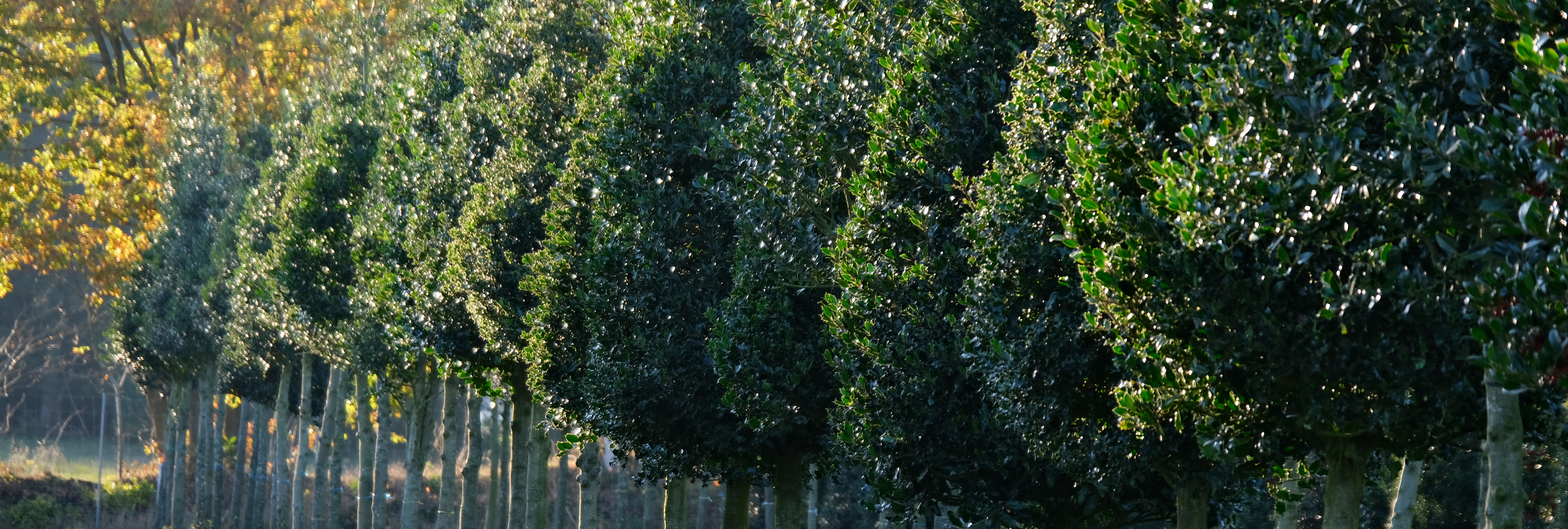
Die drei beliebtesten Sorten der Säulenhainbuche
Ein Vergleich
Die drei beliebtesten Sorten der Säulenhainbuche (Carpinus betulus) – 'Fastigiata', 'Frans Fontaine' und 'Lucas' – ähneln sich zwar in ihrer robusten Natur und guten Schnittverträglichkeit, unterscheiden sich aber deutlich in Wuchsform, Platzbedarf und Eignung für verschiedene Standorte.
Während 'Fastigiata' durch ihre Wuchsfreude und Dichte überzeugt und viel Raum braucht, ist 'Frans Fontaine' der kompromissbereite Allrounder für moderne, schmale Räume.
'Lucas' schließlich ist die beste Wahl für Stadtstandorte und bei minimalem Platzangebot.
Carpinus betulus 'Fastigiata'
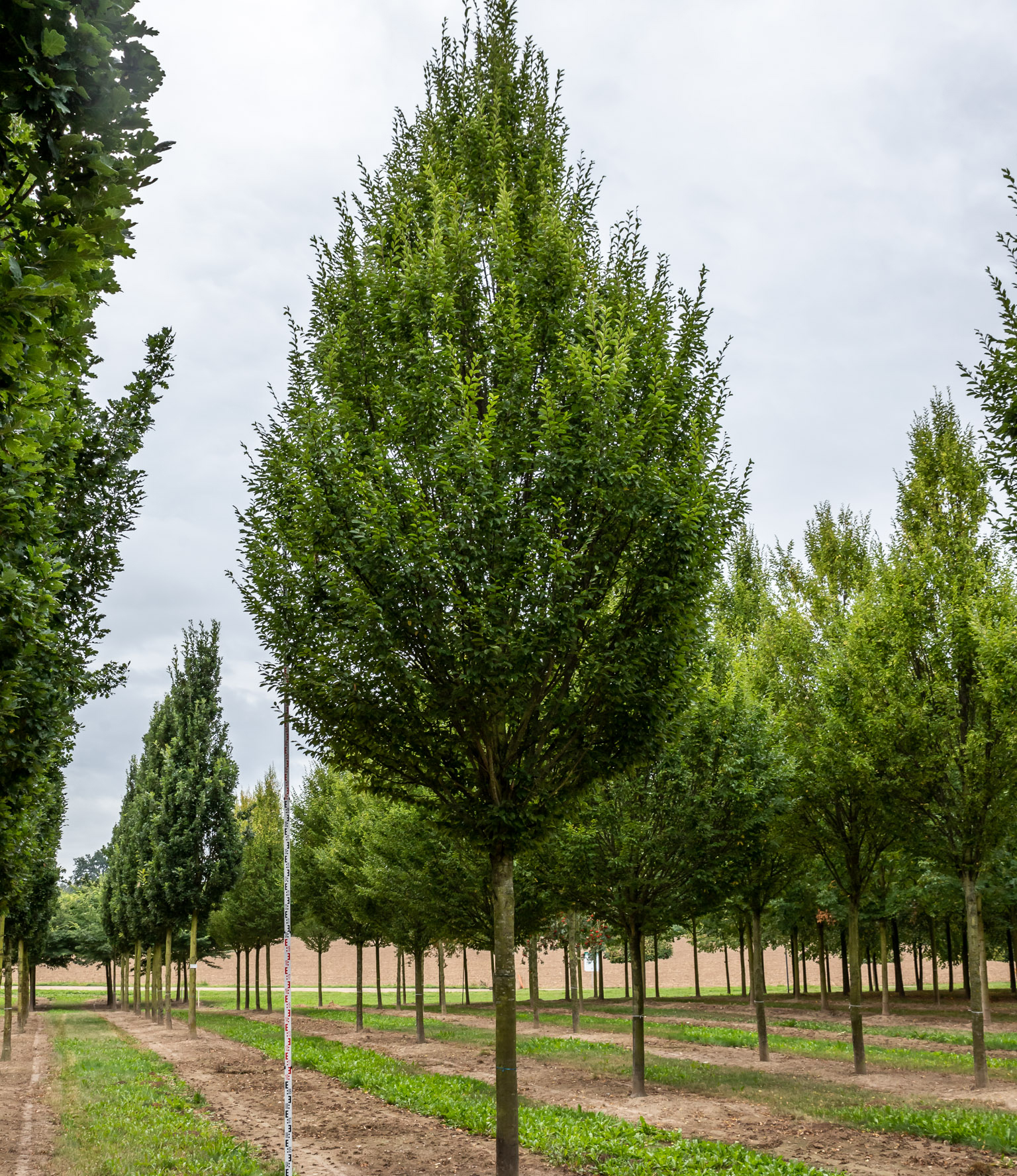
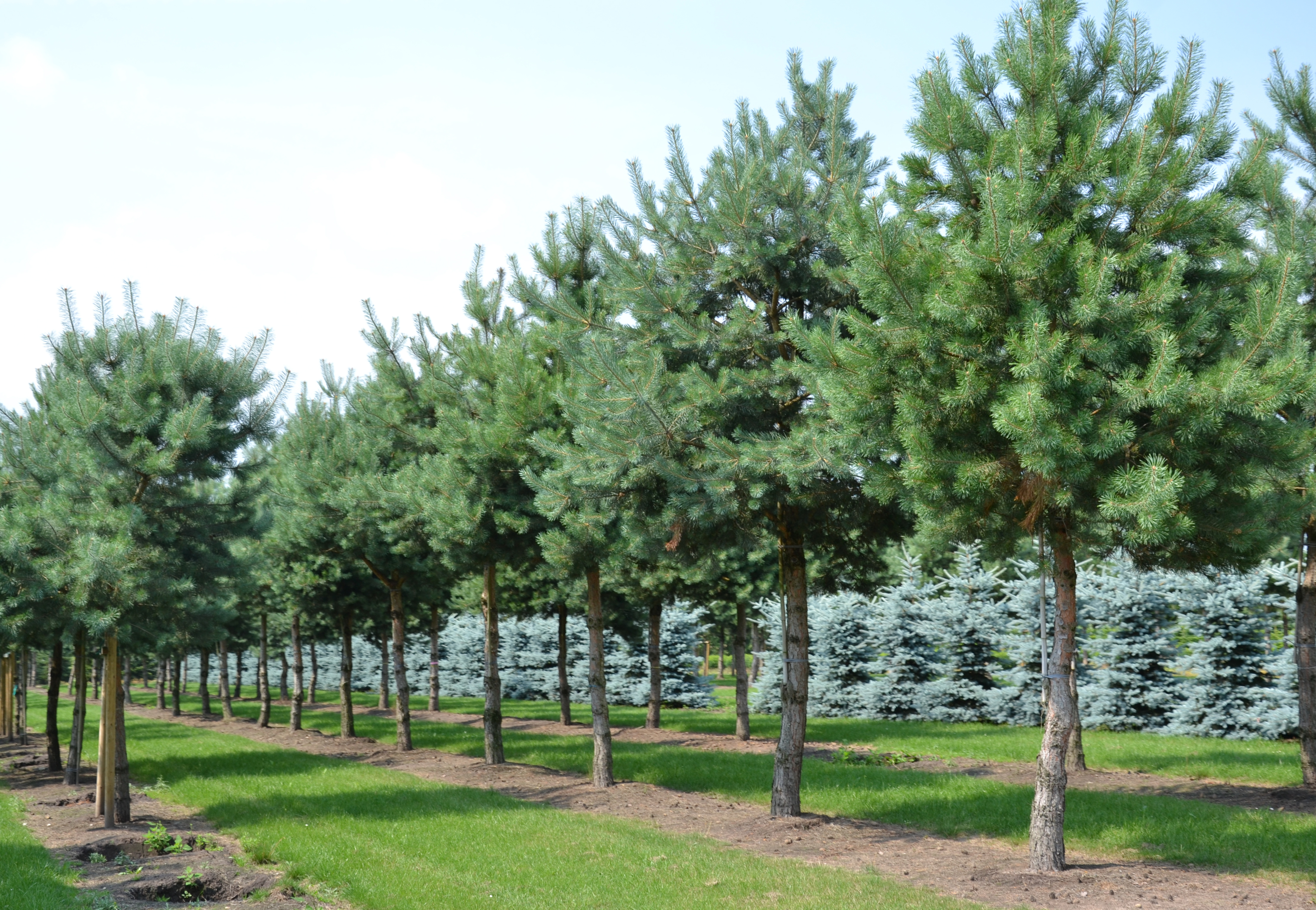
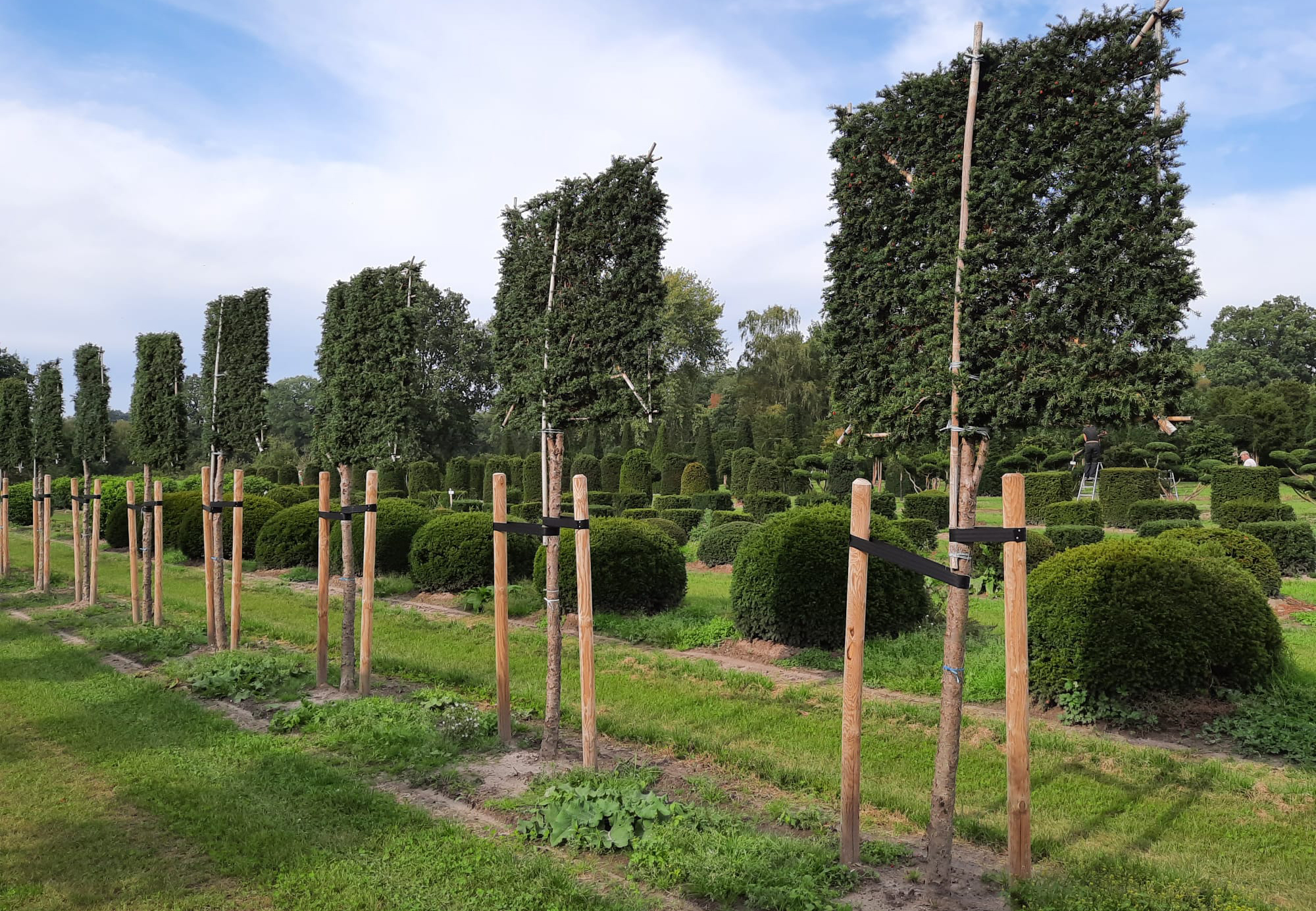
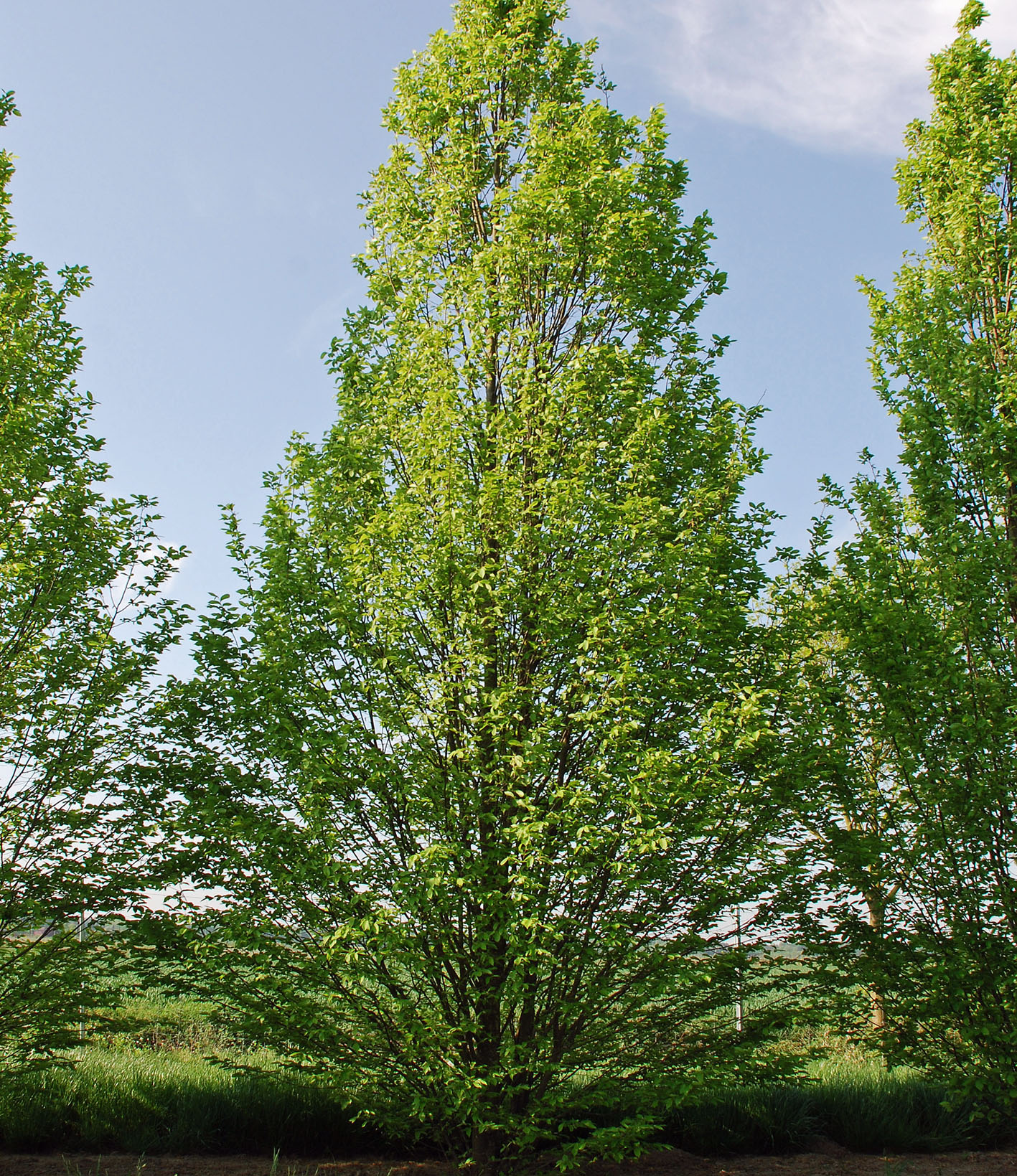
Carpinus betulus 'Frans Fontaine'
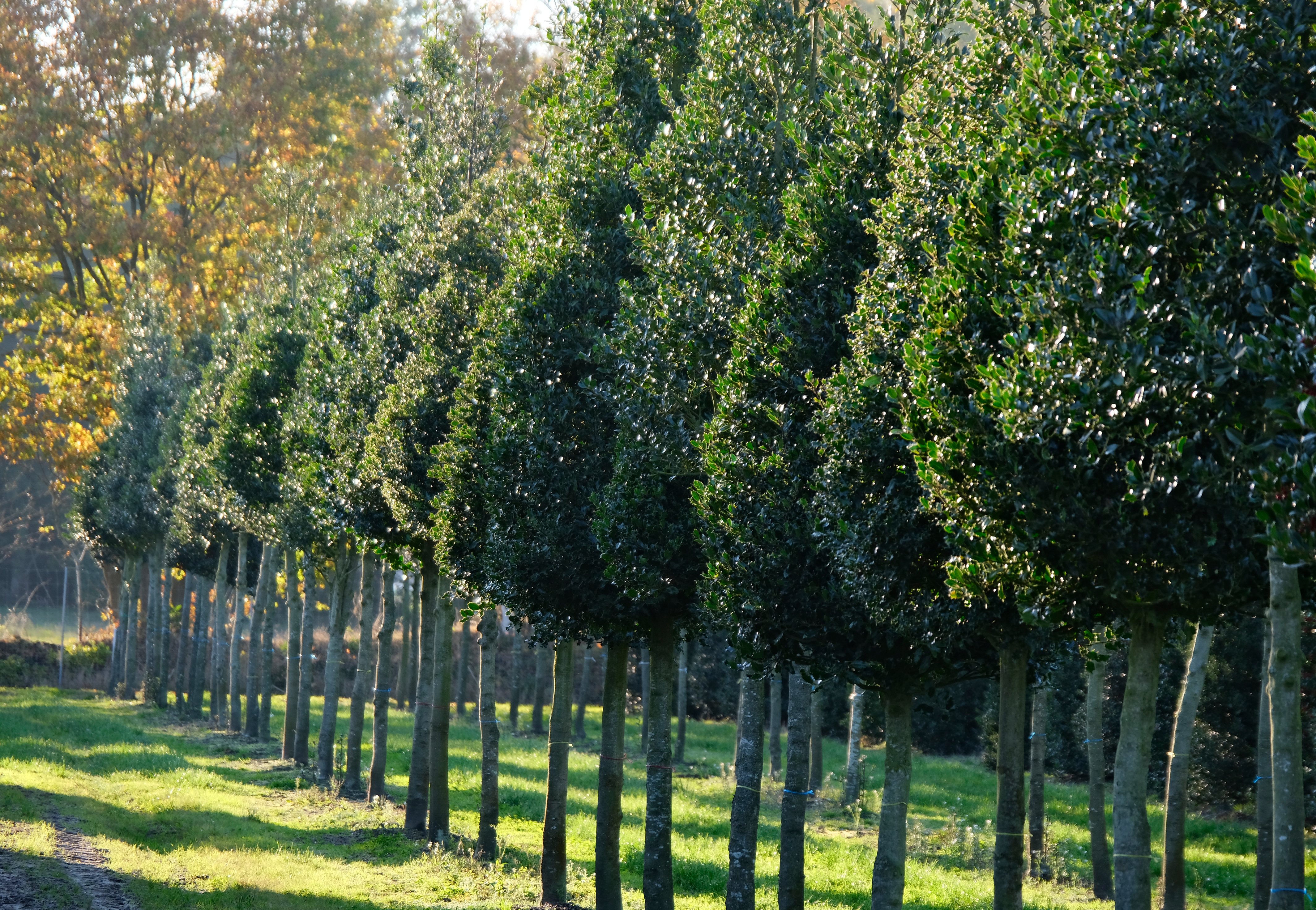


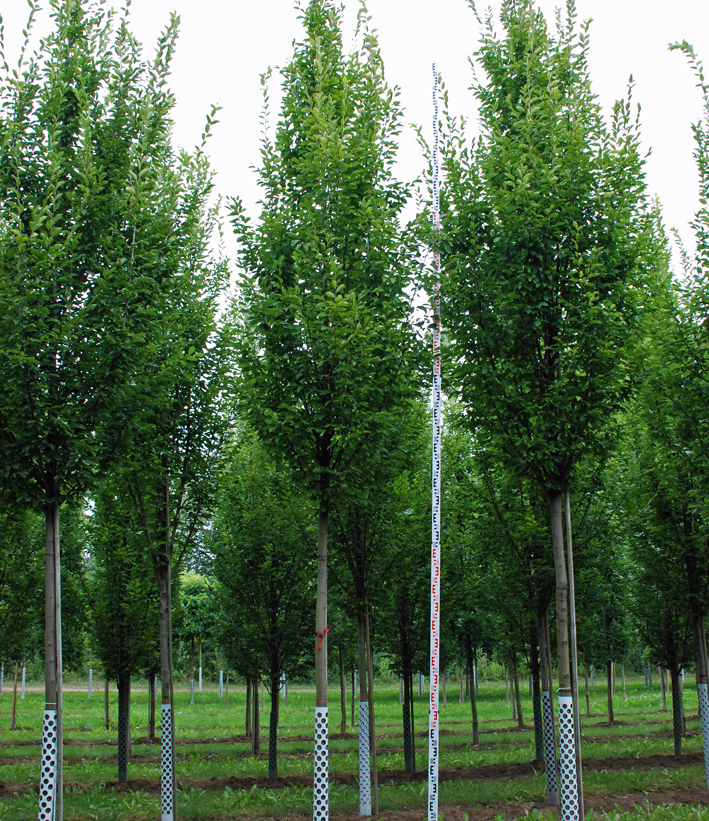
Carpinus betulus 'Lucas'



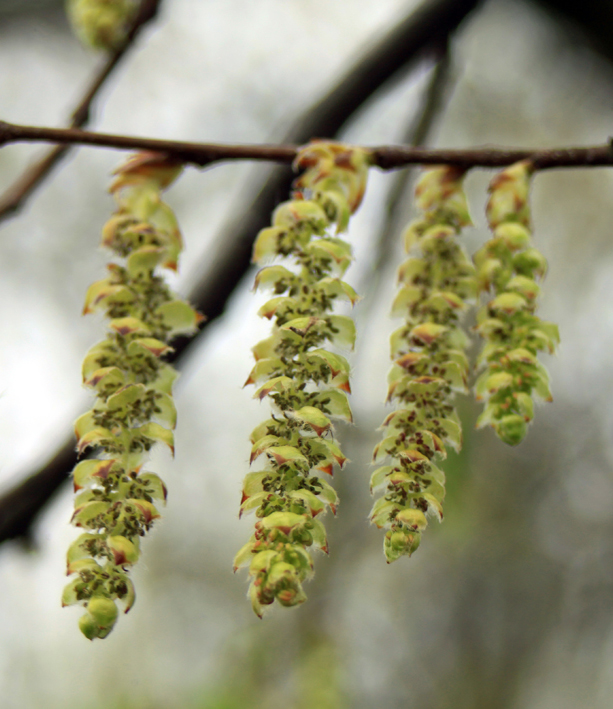

„Evergreen shrubs are ideal as privacy screens. So that these plantings do not appear monotonous, they can be complemented with flowering shrubs and perennials. As is so often the case in life, it's all about the right mix."
Kerstin Abicht, Landscape architect, Lorenz von Ehren Nursery
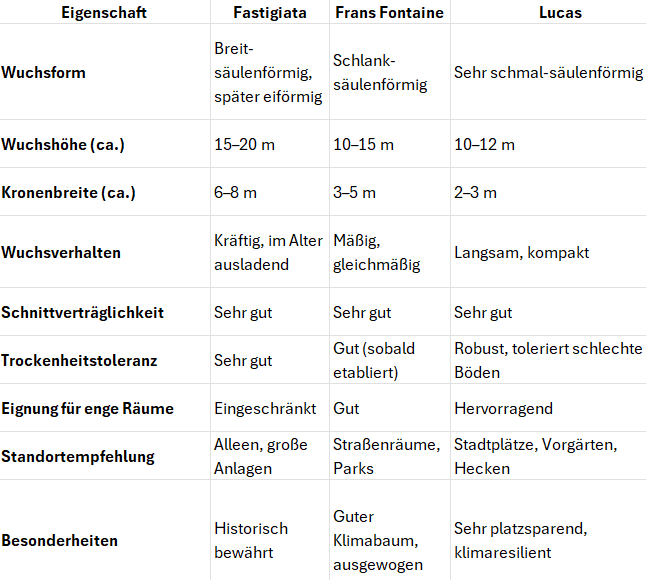
Did you already know?
These shrubs are visually appealing, but also provide green focal points in gardens and parks in winter.
FAQ - Frequently asked questions
What needs to be considered when choosing a location? ?
In an urban environment, a site-specific selection is crucial in order to minimise care requirements. Regular watering during dry periods, root protection with mulch and occasional topiary are key measures. Controlled fertilisation in spring promotes vitality and stress resistance.
What role do evergreens play in the city?
Thanks to their year-round foliage, they also provide protection against evaporation in winter and help to reduce heat islands. They are particularly suitable for locations with limited space and can contribute to rainwater infiltration in combination with permeable surfaces.
What should I bear in mind when planting and caring for my plants?
A layer of mulch helps to retain soil moisture, protects the roots and reduces the amount of care required by minimising weed growth. Compacted soil should be loosened or structurally improved. Regular checks for waterlogging or nutrient deficiencies are recommended. Ideally, structuring pruning should be carried out once a year in late winter or early spring. Depending on the species and location, a second pruning may be necessary in late summer. Pruning promotes vitality, maintains the compact shape and improves traffic safety in public spaces.
Is there any damage?
Stress caused by heat, drought or road salt can lead to brown needles/leaves or growth disorders. Fungal diseases or pest infestations occur rarely, but depend on the location. Regular visual inspection, especially after extreme weather, is important.
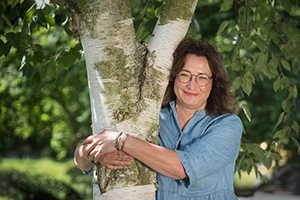
Contact
Kerstin Abicht
Landscape architect
phone: +49 (0) 40 7681 -0
mail: LvE(at)LvE.de

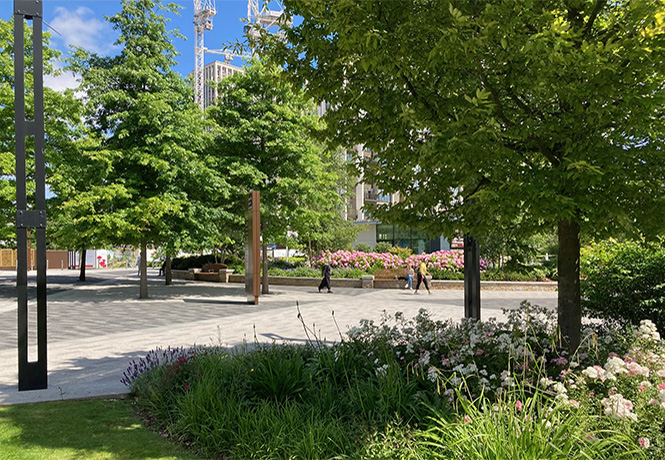
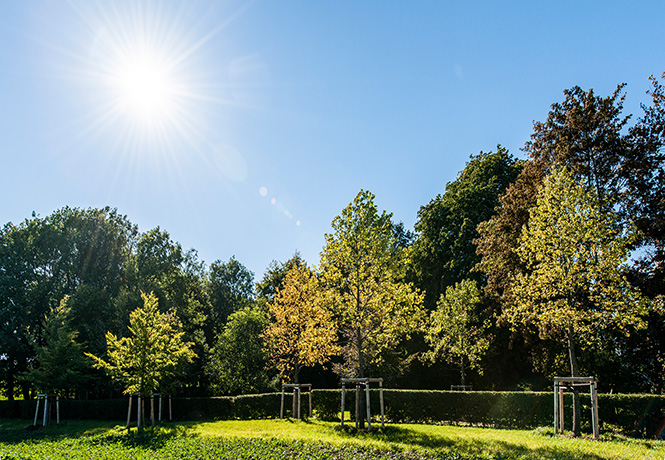
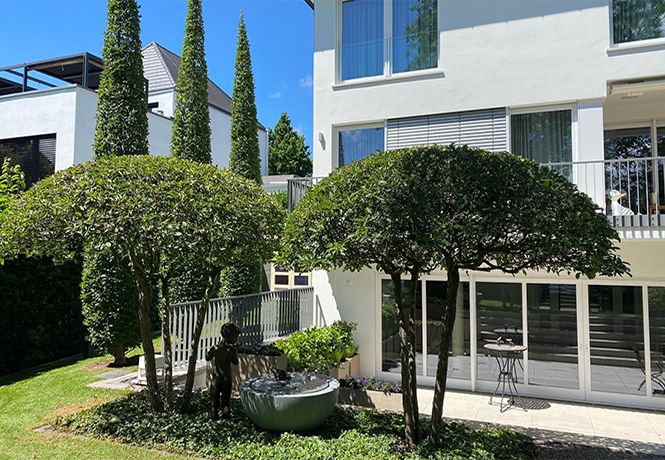
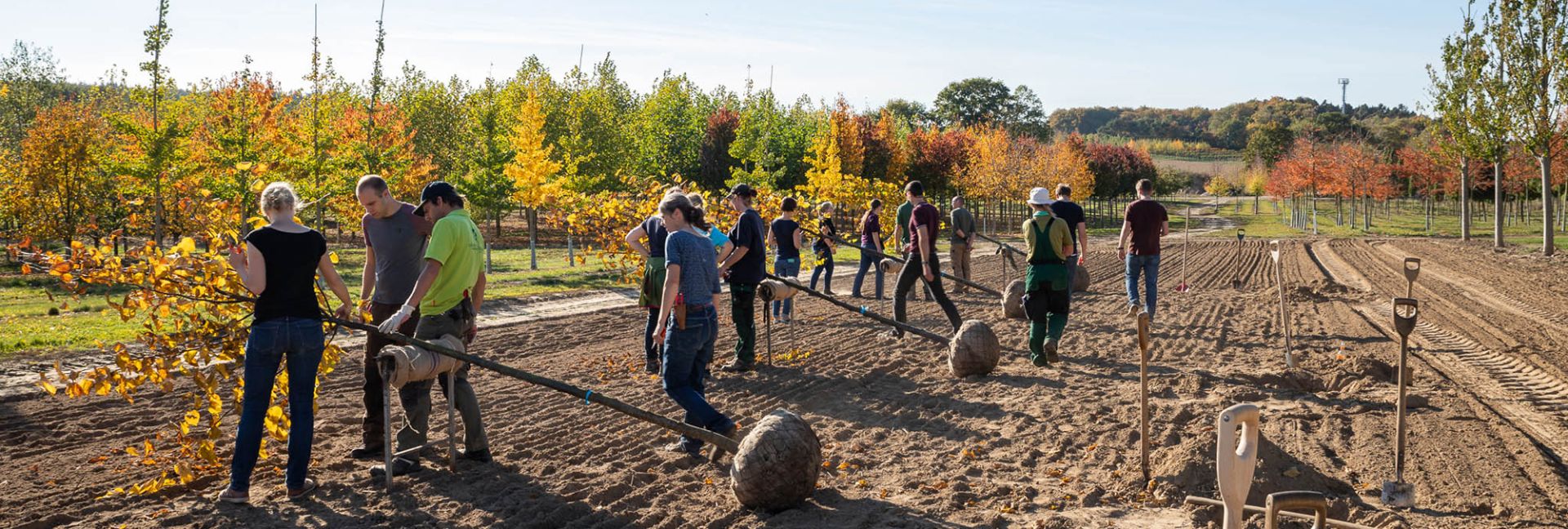

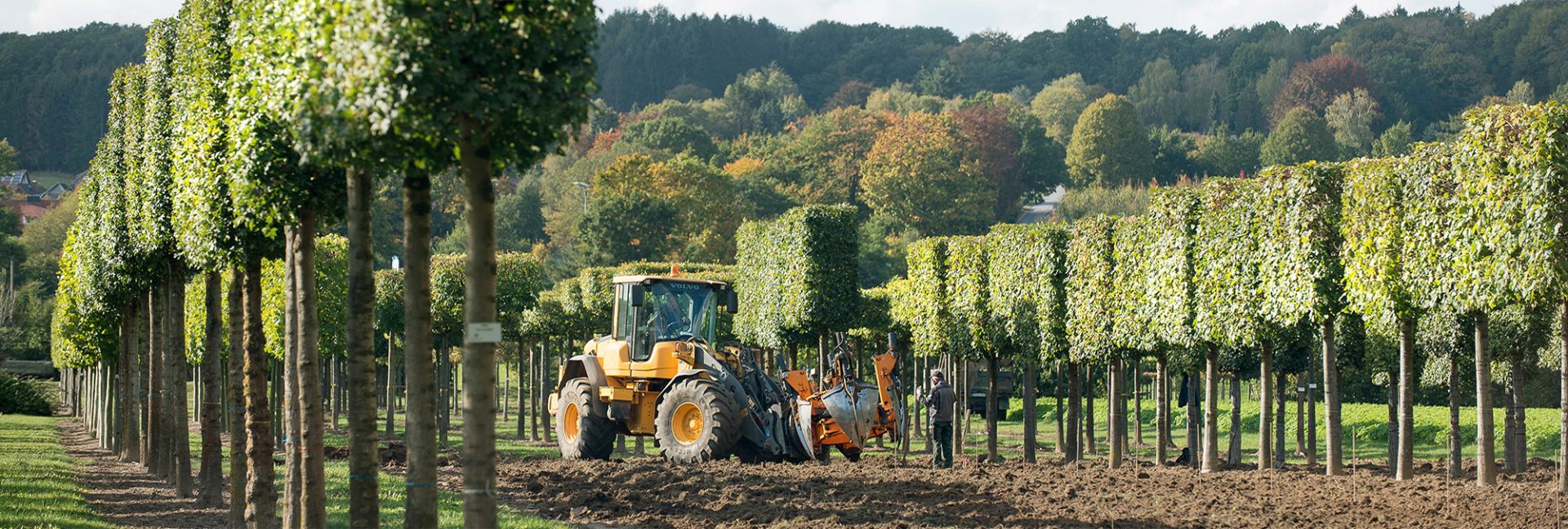
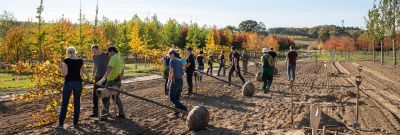
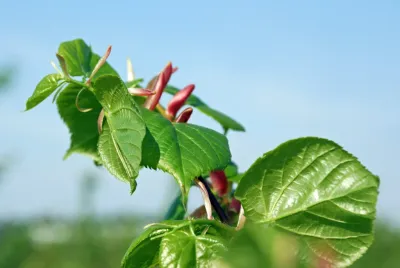
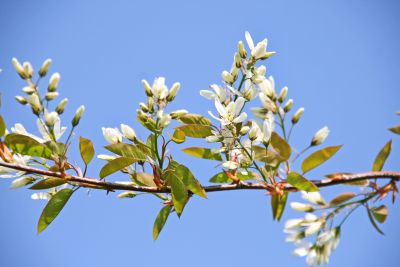
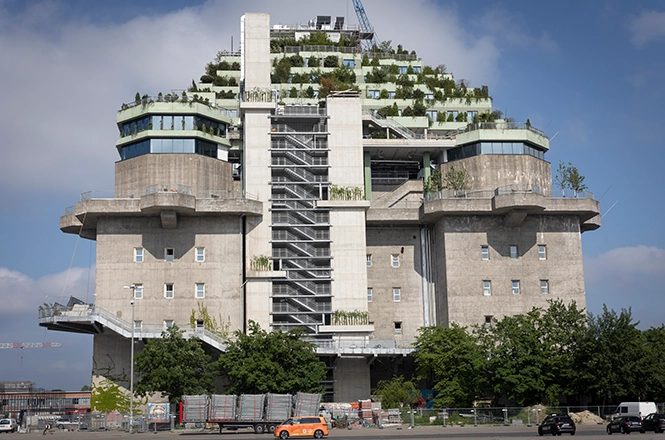
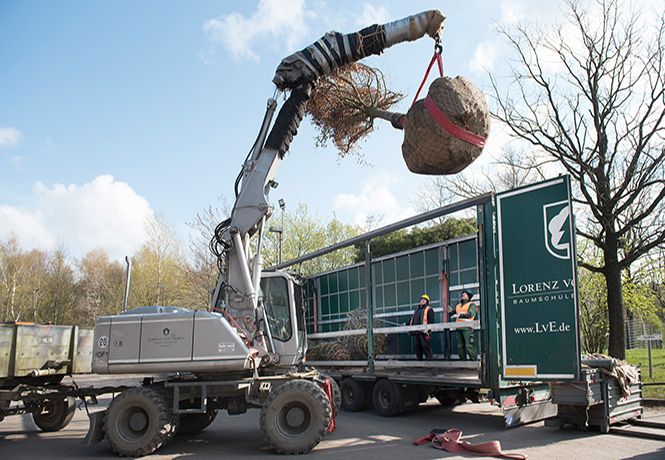
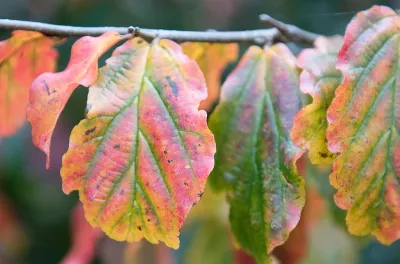
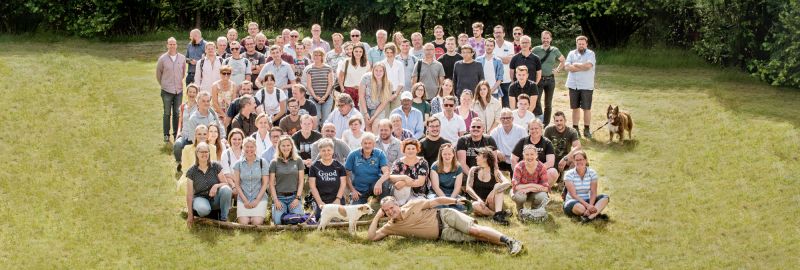

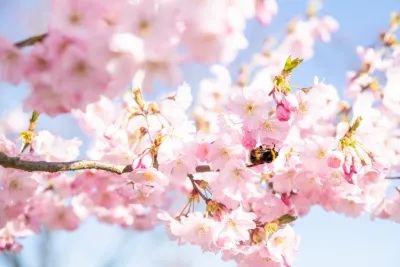
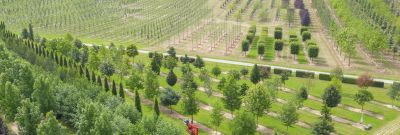
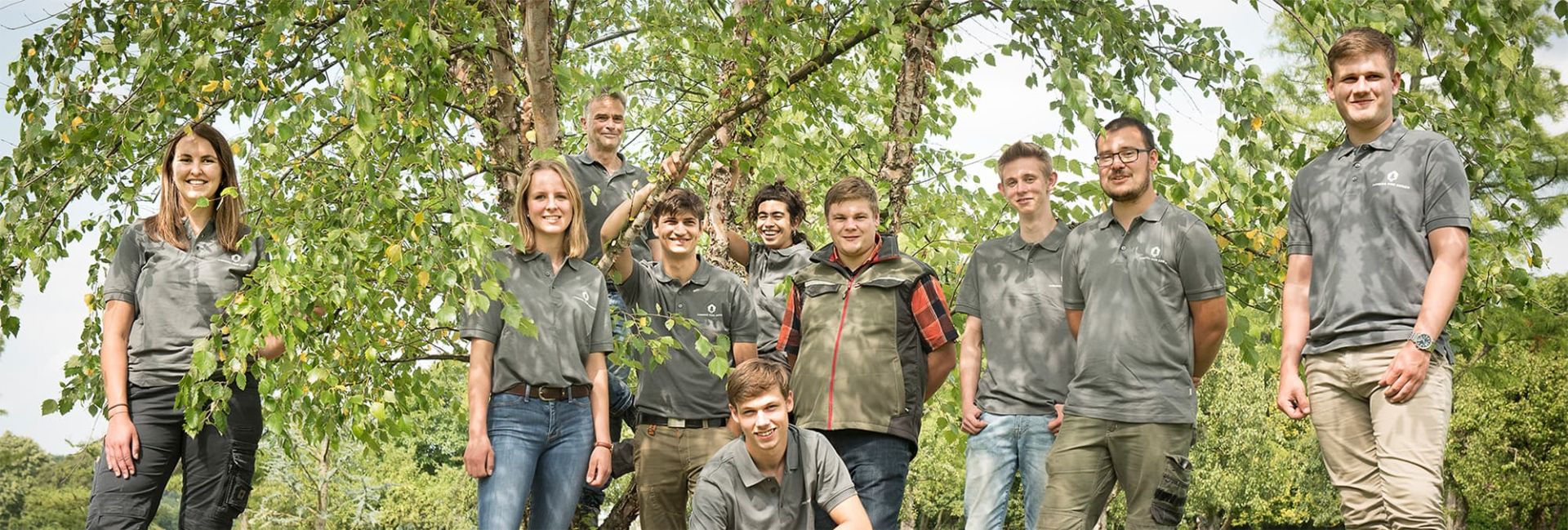

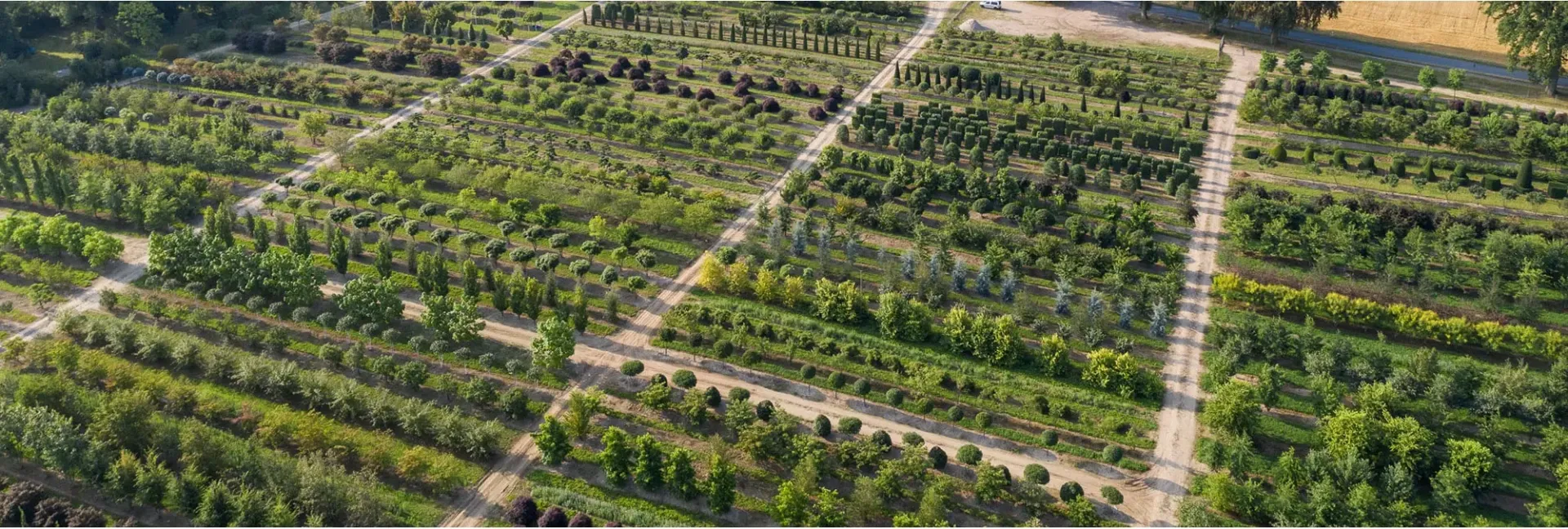
_400x400.webp)
